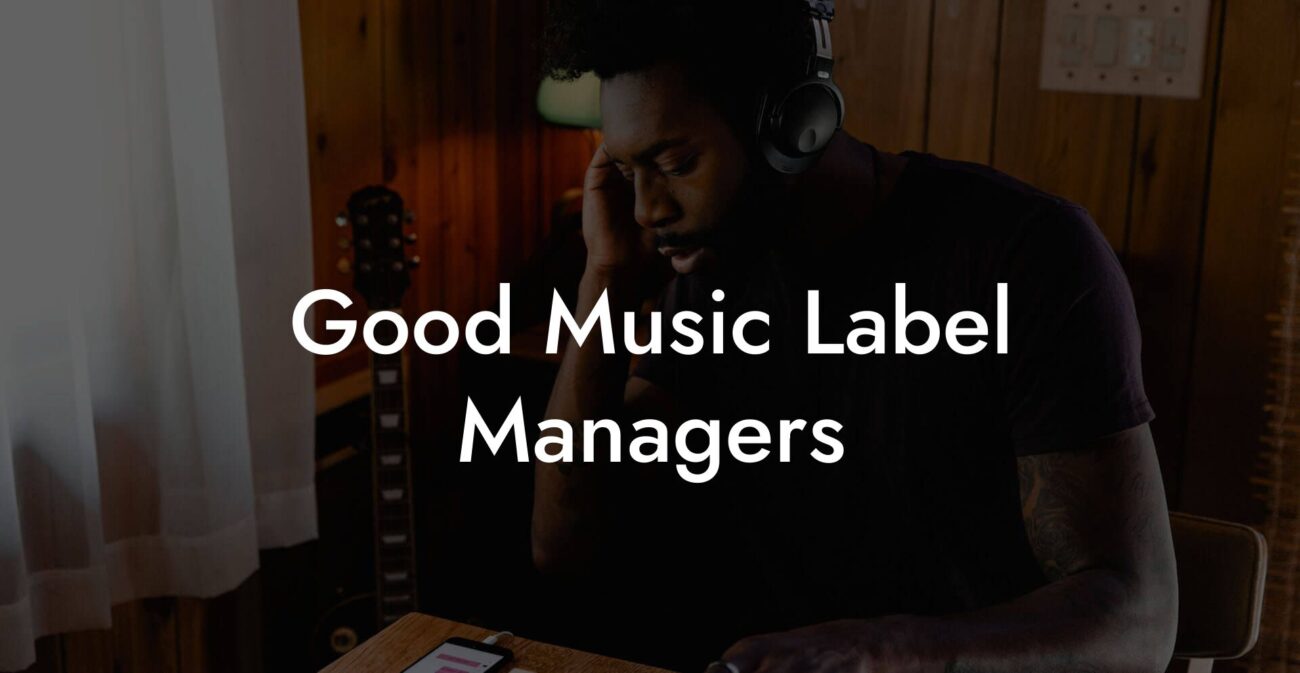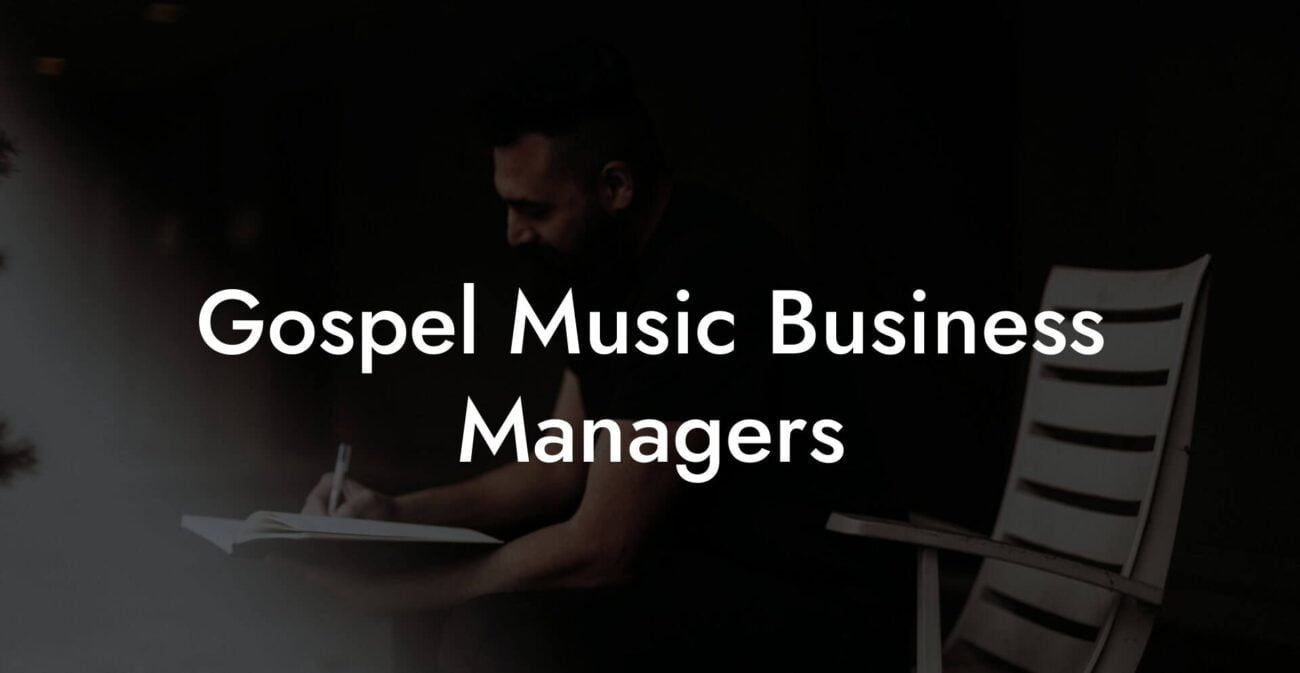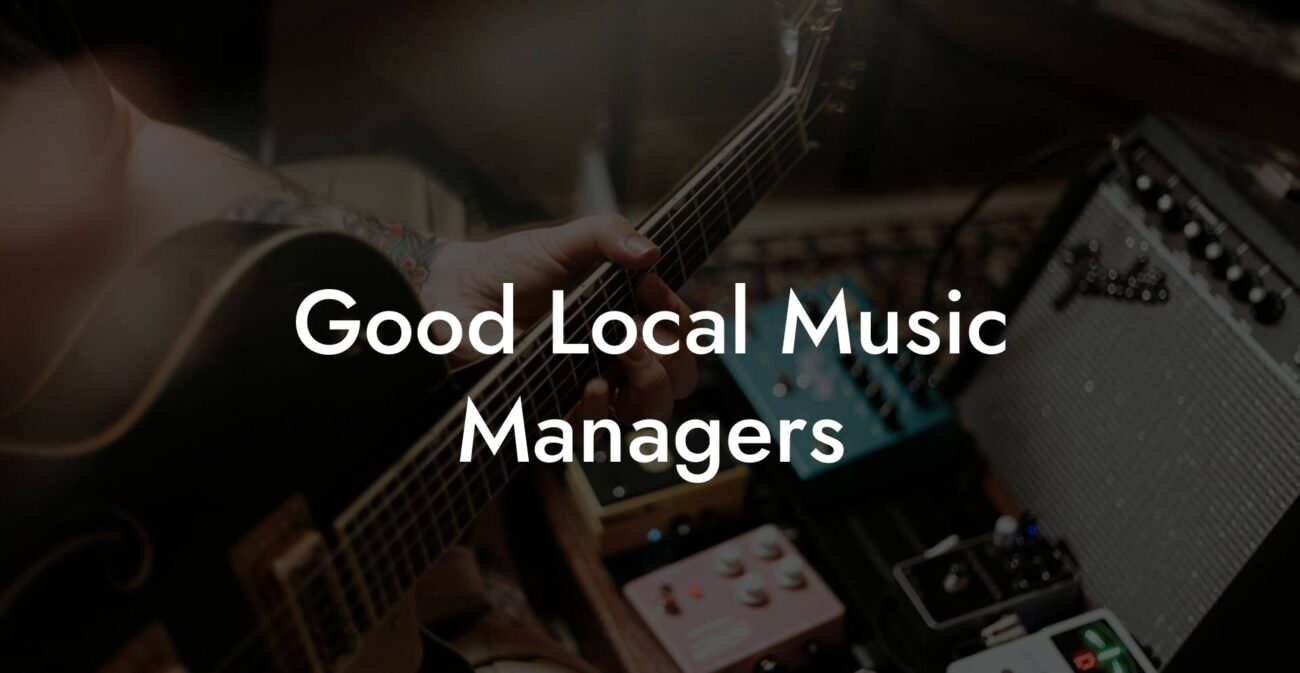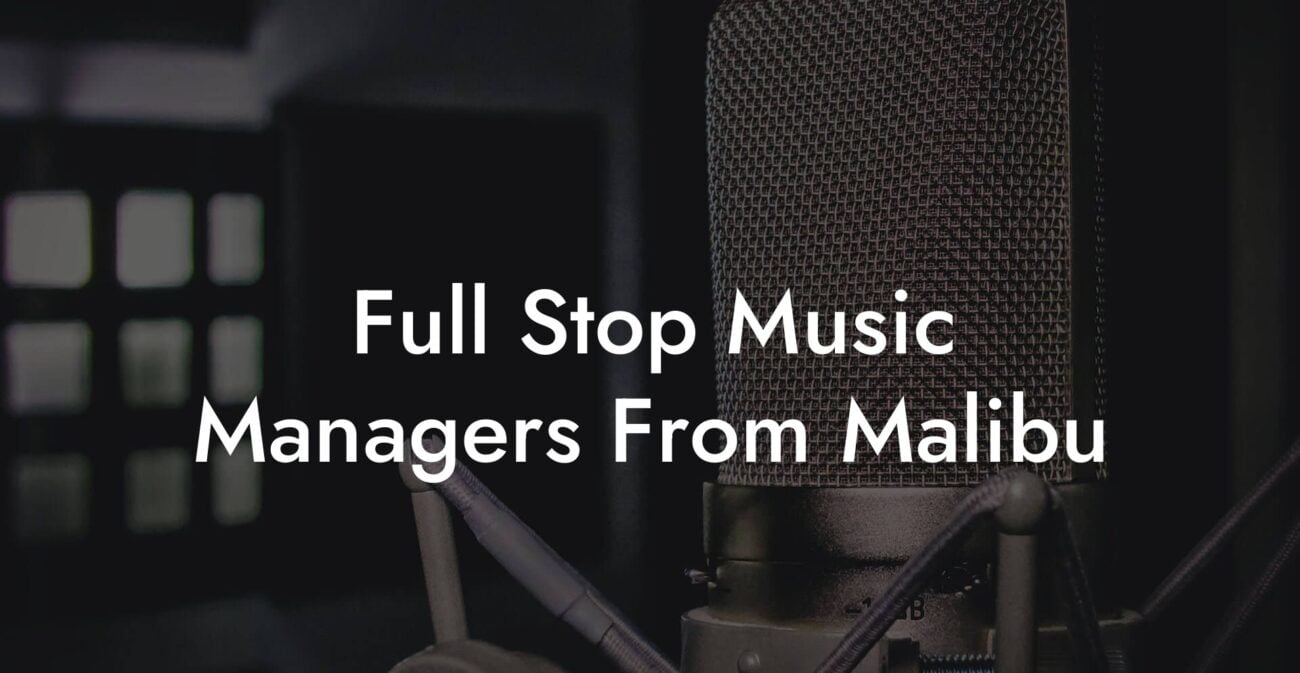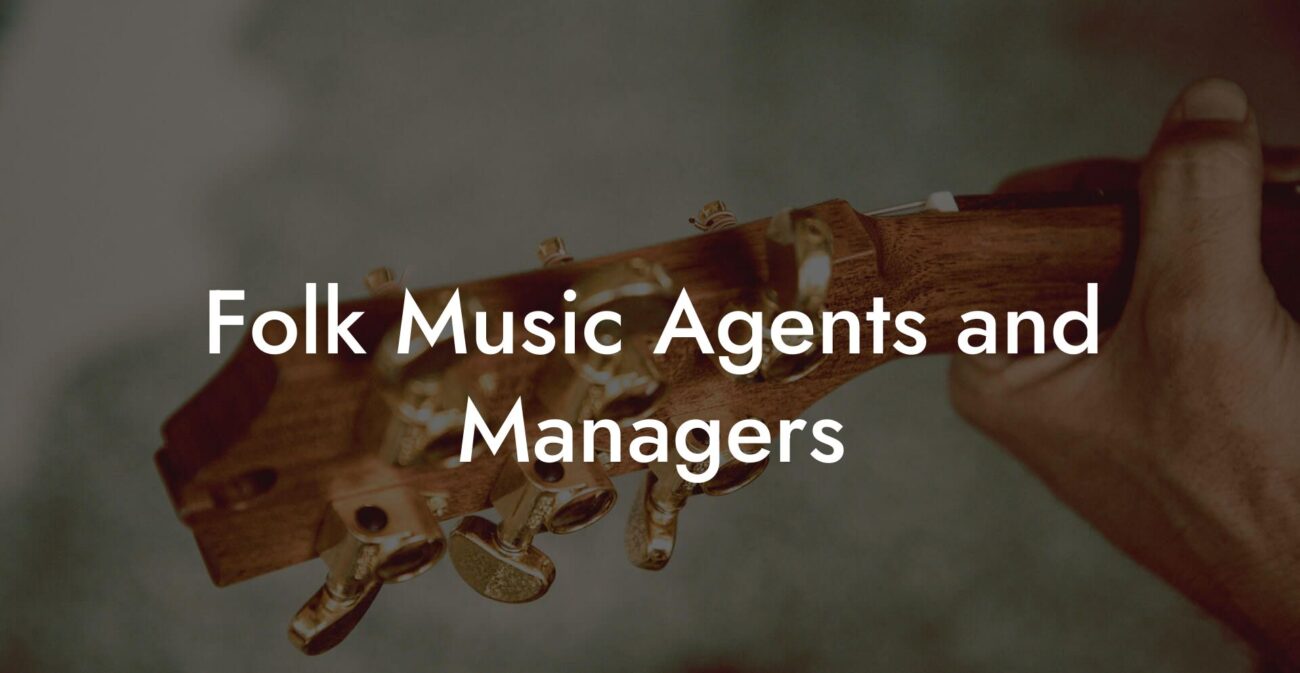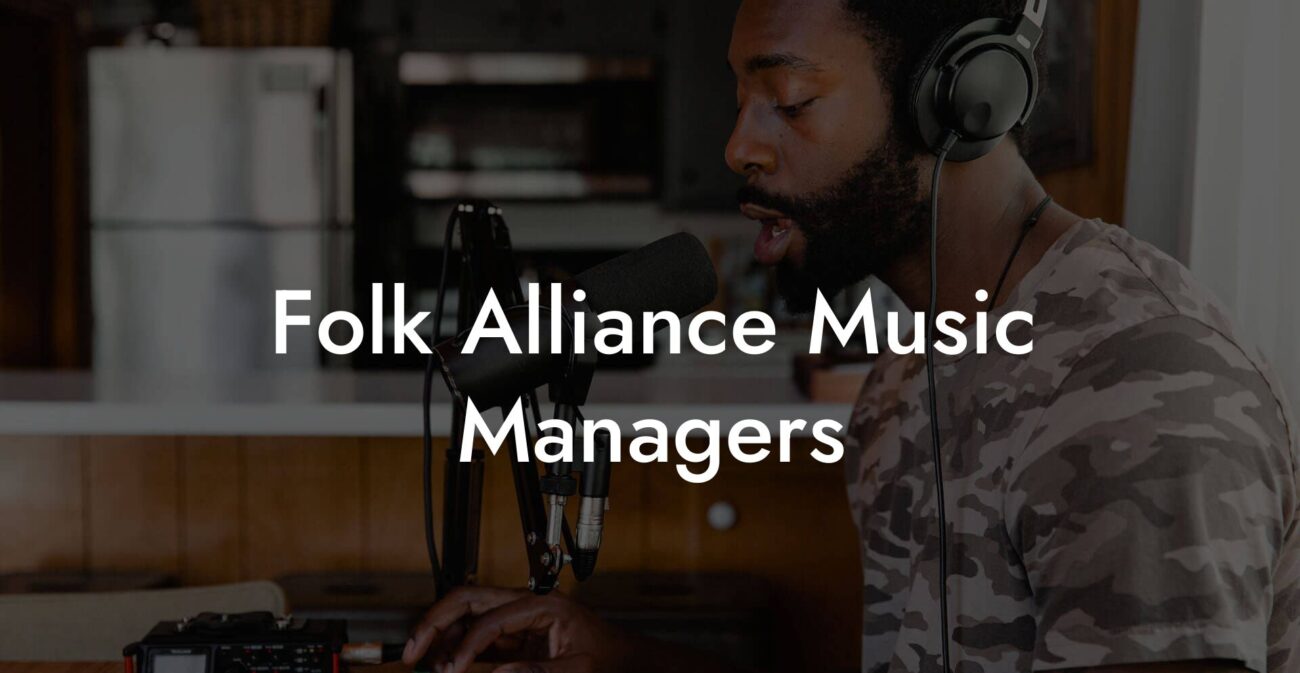Ever sat staring at a blank page, wondering if your brain’s on vacation while your future hit song waits to be born? Welcome to the wild and whimsical world of lyric writing for a song—a creative journey where poet meets musician, and your inner wordsmith decides to throw a party. Whether you’re a bedroom balladeer, a shower superstar, or an aspiring chart-topper ready to rock the world, this guide is your backstage pass to transforming random thoughts into a masterpiece. So, grab your favorite beverage, get comfy, and let’s dive headfirst into the art (and sometimes chaotic fun) of writing lyrics.
Looking to write your next song? Transform your creative ideas into songs that people will love, and skyrocket your music career with Lyric Assistant. The perfect songwriting assistant. Find out more →
Quick Links to Useful Sections
- Charting Your Musical Journey: The First Steps to Writing Lyrics
- Finding Your Muse: Ignite Your Inspiring Spark
- The Building Blocks: Understanding Song Structure and Lyric Dynamics
- Wordplay, Rhyme, and Rhythm: The Heartbeat of Great Lyrics
- Embracing Your Unique Voice: Authenticity in Lyric Writing
- Digitally Driven Creativity: Leveraging Lyric Assistant and Other Tools
- Polishing Your Masterpiece: The Art of Revision and Feedback
- Collaboration and Community: The Collective Spirit of Songwriting
- Resources and Community Support: Your Next Steps in the Lyric Lab
- Case Studies: Legendary Lyricists and Their Winding Creative Roads
- Case Study 1: The Bedroom Balladeer Turned Chart-Topper
- Case Study 2: Embracing Imperfections and Finding a Unique Voice
- Case Study 3: Collaborative Magic in the Digital Era
- Mastering the Art: Experiment, Evolve, and Express
- Beyond the Page: Bringing Your Lyrics to Life
- FAQs About Writing Lyrics for a Song
- Your Path Forward: Embrace the Journey of Lyric Writing
Charting Your Musical Journey: The First Steps to Writing Lyrics
Writing lyrics for a song isn’t about following a rigid formula—it’s about harnessing your unique vibe and letting your creativity flow like a killer guitar solo. In the realm of songwriting, there’s no one-size-fits-all manual, but there are some tried-and-true strategies to jumpstart your process. Think of this as your creative GPS: a blend of inspiration, structure, and a little bit of audacity.
The journey begins with acknowledging that every great lyric started as a raw emotion or a fleeting idea. Sometimes it’s a heartful sigh, a burst of anger, a moment of pure joy, or even a quirky observation of everyday life. The key is to capture that moment and let it simmer until it transforms into a verse that resonates.
For many songwriters, the initial step is to create a safe space—physically and mentally—where distractions vanish and your thoughts can dance freely. Some swear by a midnight stroll, others by the quiet hum of a café, and some prefer the digital embrace of modern songwriting tools. No matter how you set the stage, remember: the best lyrics come when you’re in tune with your inner artist.
Finding Your Muse: Ignite Your Inspiring Spark
Inspiration is as unpredictable as a cat on a hot tin roof—but that’s what makes it so exciting. So, where do you find the muse that will sprinkle stardust on your lyrics? Sometimes, it’s in the gentle buzz of a busy street, a visceral movie scene, the warmth of a memory, or even a heartwarming conversation with a friend. The trick is to be open to the unexpected.
Write Lyrics Like a Professional Songwriter
The ultimate songwriting tool that takes your creative vision to the next level! With just a few clicks, you can unleash your inner songwriter and craft a hit that's uniquely yours. Your song. You own it.
Start by keeping a journal or a digital recorder handy, because you never know when that spark will flash. A random thought, a peculiar phrase, or even an emoji-laden text message can evolve into a powerful lyric when given the right twist. And hey, don’t stress about perfection right out of the gate—great songwriting is as much about the messy, raw process as it is about the final product.
Experiment with different environments, from quiet nature trails to urban jungles, to see how your mood influences your words. Sometimes the background noise stirs up hidden creative energies, and sometimes the silence reveals a whole orchestra of ideas waiting to be composed.
The Building Blocks: Understanding Song Structure and Lyric Dynamics
Even the most free-spirited lyricists eventually discover that structure can be your best friend—not your enemy. While breaking the rules might lead to unique results, knowing the basics of song structure gives you a strong foundation to play with. Most successful songs follow a familiar pattern of verses, choruses, and bridges, each playing a distinct role in conveying your message.
Verses: These are the storytelling sections where you set the scene, introduce your characters, and lay down the narrative groundwork. Think of them as chapters in your lyrical novel.
Choruses: The heart and soul of your song, the chorus is your catchy, repetitive refrain that most listeners will remember (and sing along to). It’s where you drive home your main message—a rallying cry, a moment of epiphany, or an emotional crescendo.
Bridges: The bridge is that cool interlude where you switch up the rhythm or mood. It offers a new perspective before plunging back into the familiarity of the verse-chorus pattern. It’s like a palate cleanser in the midst of a sumptuous meal.
Experimenting with these elements can be a blast. Mix and match, throw in an unexpected breakdown or a quirky pre-chorus, and see how the interplay of repeated refrains and narrative arcs can shape your story.
Wordplay, Rhyme, and Rhythm: The Heartbeat of Great Lyrics
When it comes to writing lyrics, words are your palette, and rhymes are the hues that bring your canvas to life. Crafting lyrics is much like weaving a tapestry where rhyme, alliteration, and rhythm serve as your threads. But remember, the goal isn’t to write a textbook on grammar—it’s to capture the listener’s imagination.
First off, let’s talk rhyme. Whether you opt for perfect rhymes (think “love” and “dove”) or near-rhymes (a playful “move” instead of “groove”), the key is to ensure your rhymes sound natural and support the mood of your song. Overly forced rhymes can derail your flow, so when in doubt, go for honesty over perfection.
Rhythm is equally important. Just as a drummer sets the beat, your choice of syllable counts and stresses gives your lyrics a natural cadence that fits the melody. Try reading your lines out loud, tapping your foot, or even humming along to a beat—these techniques can reveal whether your lyrics have that elusive groove.
Wordplay is your playground. Puns, double entendres, and clever word twists not only showcase your intelligence but can also add a touch of humor and relatability. Remember, songs that invite a smile or a knowing nod often create the most memorable moments.
So, don’t be afraid to break the mold. Experiment with unexpected combinations and liberate your inner punster—a well-timed twist of phrase might just be the hook that sets your song apart.
Embracing Your Unique Voice: Authenticity in Lyric Writing
At the core of every memorable song lies an authentic voice. In a sea of pop clichés and overproduced hooks, what truly resonates is a genuine expression of self. Your personal experiences, quirks, and idiosyncrasies are what make your lyrics authentically you.
When you write lyrics that speak to your soul, you simultaneously connect with listeners on a deeper level. Think of your word choices as an extension of your personality—don’t shy away from being bold, vulnerable, or even a little eccentric. Authenticity is the spark that transforms simple words into a shared experience.
Experiment with different personas in your songwriting. Sure, you might channel some brooding introspection one day, and on another, your lyrics may burst with playful irreverence. The beauty of it all is that there aren’t any strict rules. Let your inner weirdo shine!
The journey to authentic lyrics might include some hilarious missteps—a wrong rhyme here, an awkward metaphor there—but every mistake is a stepping stone towards discovering your true creative voice. So keep it real, stay unapologetically you, and let your words create a world where your listeners feel like they’re right there with you.
Digitally Driven Creativity: Leveraging Lyric Assistant and Other Tools
In today’s digital age, technology is your friend—and sometimes your collaborator—in the songwriting process. Tools like Lyric Assistant are designed to streamline your creative workflow, spark ideas when you hit writer’s block, and even suggest clever wordplay to elevate your lyric game. Think of it as having a digital muse right at your fingertips.
Lyric Assistant isn’t here to steal your thunder; it’s here to amplify your creative genius. By providing suggestions, organizing your thoughts, and even generating new angles on old ideas, this tool can help you maintain momentum when inspiration runs dry. It’s like having a co-writer who never sleeps and is always down for a brainstorming session.
Embrace these digital helpers without fear. Let them remind you of a rhyme, share a quirky metaphor, or even challenge you to think outside the proverbial box. After all, every legendary musician has had a little help from modern technology.
But remember, while digital tools are great, your unique creative spark can’t be replicated by any algorithm. Use these assistants as a springboard—your true genius lies in the personal stories and raw emotions that only you can articulate.
Polishing Your Masterpiece: The Art of Revision and Feedback
Once you’ve penned your first draft of lyrics, take a step back and let the magic marinate. Revision is where the rough diamond of initial ideas gets transformed into a polished gem. It’s not uncommon to rewrite, rearrange, or even tear apart your verses—every change is a step towards lyrical brilliance.
Consider these tips for effective revision:
- Read Aloud: Hearing your words spoken can reveal clunky rhythms or awkward phrasing that might not be apparent on paper.
- Take Breaks: Fresh eyes (and ears) are key. Allowing some time away from your work lets your subconscious do some behind-the-scenes magic.
- Seek Honest Feedback: Whether it’s from fellow musicians, friends, or even online communities, constructive criticism is invaluable in honing your craft.
- Experiment with Structure: Play with the order of verses and choruses. Sometimes, rearranging the narrative can breathe new life into your lyrics.
- Trust Your Instincts: If a line feels off, cut it. If it feels too safe, spice it up. Your gut often knows what’s best for your song.
Embrace the process of refining your lyrics. Each iteration brings you closer to that electrifying moment when everything clicks, and your song starts to sing—quite literally!
Collaboration and Community: The Collective Spirit of Songwriting
While lyric writing can be an intensely personal endeavor, it’s also a collaborative art form. Working with other musicians, poets, or even creative strangers can elevate your songwriting in unexpected ways. Sometimes, a fresh pair of eyes (or ears) can challenge a stale idea and inspire new directions.
Look into co-writing sessions, open mic nights, or even online lyric challenges. There’s a whole community of creative spirits out there, each with their own stories to tell—and you might just find an unexpected creative partner who pushes you to new heights.
Collaboration isn’t just about mixing voices; it’s about sharing experiences, trading insights, and celebrating the diversity of thought. As you exchange ideas, your lyrics will naturally expand to reflect a broader, richer tapestry of emotions and narratives.
And if you ever find yourself stuck, don’t hesitate to bounce your ideas off someone else. Sometimes, the best lines emerge from the simplest conversation, and a shared laugh over a clever pun can lead to breakthrough moments.
Resources and Community Support: Your Next Steps in the Lyric Lab
Now that you’ve journeyed through the ins and outs of writing lyrics, it’s time to connect with a broader community of songwriters and creative enthusiasts. The digital age offers an abundance of resources—from online forums and social media groups to workshops and webinars—where you can exchange ideas, get feedback, and even find collaborators.
Consider these steps as you further your songwriting craft:
- Online Communities: Join forums, Facebook groups, or Reddit threads dedicated to songwriting. Platforms like Songwriter Universe, LyricsFreak, or even specialized Discord servers allow you to connect with creators from all over the world.
- Workshops and Webinars: Participate in virtual or in-person songwriting workshops. Learning from established artists and industry experts can provide new perspectives and actionable tips.
- Social Media Engagement: Share snippets of your work on platforms like Instagram, TikTok, or Twitter. Not only will this help you build a fanbase, but it also offers real-time feedback from your audience.
- Collaborative Projects: Look out for lyric challenges, collaboration opportunities, or even local open mic nights where you can test your compositions live.
- Lyric Assistant Tools: Experiment with apps and platforms designed to aid lyric writing. These tools can help you organize your ideas, track your progress, and even generate new creative prompts on the fly.
Embrace the community spirit—songwriting has always been about sharing one’s journey. The more you engage with fellow creatives, the more enriched your own writing becomes. And remember, every great songwriter was once an aspiring artist taking baby steps into the big, vibrant world of music.
Case Studies: Legendary Lyricists and Their Winding Creative Roads
It might seem that some artists are born with the Midas touch, effortlessly churning out hit after hit. But behind every iconic lyric lies a story of trials, errors, sleepless nights, and boundless inspiration. Let’s dive into a few case studies of songwriters who took unconventional paths to lyric stardom.
Case Study 1: The Bedroom Balladeer Turned Chart-Topper
Meet Alex, who started scribbling lyrics on napkins in college cafes. With a humble beginning, Alex embraced every failed rhyme and awkward metaphor to eventually craft a soulful ballad that resonated with millions. Through countless revisions, collaboration with a skilled producer, and harnessing the power of digital tools, Alex’s raw, authentic style transformed into the signature sound of a budding music sensation.
Case Study 2: Embracing Imperfections and Finding a Unique Voice
Casey always struggled with self-doubt and a penchant for overthinking every line of a song. The breakthrough came when Casey learned to embrace imperfections and let spontaneity reign. By recording voice memos during daily commutes and turning mundane observations into lyrical gold, Casey captured an essence that many found relatable and refreshingly genuine. The secret? Balancing meticulous editing with the raw vibration of an unpolished first draft.
Case Study 3: Collaborative Magic in the Digital Era
Jordan, a multi-talented musician, discovered that collaboration was the key to unlocking a new creative dimension. Through online lyric challenges and co-writing sessions, Jordan merged diverse influences—ranging from indie folk to modern pop—to create a series of tracks that defied genre boundaries. By leveraging technology to connect with like-minded creatives, Jordan tapped into a collective energy that continuously reinvigorated the lyric writing process.
These stories remind us that the path to lyrical brilliance isn’t paved with perfection—it’s a mosaic of moments, mistakes, and the courage to try something new. Every step taken, every lesson learned, enriches your artistic journey.
Mastering the Art: Experiment, Evolve, and Express
Songwriting is a continuous dance between creativity and discipline. To truly master the art of writing lyrics, you have to be willing to experiment, evolve, and, above all, express your innermost truths. The creative process is like an ever-changing jam session—each new idea has the potential to unlock a previously unseen depth of emotion or a fresh, exciting melody.
Embrace challenges and let every messy draft remind you that progress is more important than perfection. Allow blackouts to ignite bursts of inspiration and boredom to stretch your creative muscles in unexpected directions. Once you’ve found a groove, lean into it, and let your voice echo with authenticity and passion.
This phase is also about experimenting with genre, tone, and perspective. Play with narrative voices, flip the script, or adopt a persona for a song. The possibilities are endless when you’re not boxed into conventional rules. Trust your intuition, listen to your heart, and let your lyrics be a reflection of who you are at that very moment.
As your skills evolve, you’ll find that your creative toolkit expands, integrating insights from diverse experiences and influences. Continue to push your boundaries, drawing inspiration from the world around you, whether it’s a late-night conversation, a breathtaking sunset, or even that perfectly brewed cup of coffee that feels like liquid inspiration.
Beyond the Page: Bringing Your Lyrics to Life
Writing killer lyrics is only part of the equation; the next challenge is translating them into a song that moves people. Think of your lyrics as the skeleton of your track—they provide structure, emotion, and a roadmap for your musical journey. Pair them with the right melody, rhythm, and instrumentation, and you’ve got the formula for a hit.
Collaborate with musicians, producers, and vocalists who understand your vision. Experiment with various musical styles until you find a sound that complements the vibe of your words. Don’t be afraid to mix different genres or break away from tradition—innovation is born at the intersection of bold choices and creative courage.
Your lyrics have the power to evoke images, stir deep emotions, and even challenge societal norms. When performed with authenticity and complemented by a thoughtfully arranged melody, your song can leave an indelible mark on those who listen. Remember, every beloved anthem started as a scribbled note and blossomed into an experience that defined a generation.
FAQs About Writing Lyrics for a Song
Below are some of the most frequently asked questions about songwriting and lyric writing that we often hear from creators in the trenches. Each question is designed to help you navigate your creative process with confidence.
1. How do I start writing lyrics when my mind feels totally blank?
Starting is often the hardest part. Try brainstorming free-form ideas, jotting down emotions, or even humming melodies to spark inspiration. The key is to break through the mental block—sometimes writing even a single word can open the floodgates.
2. Should I focus on perfect rhymes or natural phrasing?
Natural phrasing should always take precedence. While rhyme schemes can add a catchy element, forced rhymes often come off as contrived. Aim for authenticity—even imperfect rhymes can be memorable if they sound genuine.
3. How can I overcome creative blocks during lyric writing?
Step away from your work for a bit, experiment with a new environment, or leverage digital tools like Lyric Assistant to ignite fresh ideas. Sometimes a change of scenery or a short break can reset your creative mindset.
4. What are some common mistakes in lyric writing to avoid?
Overcomplicating your lyrics, forcing rhymes, and neglecting the overall flow of the song can detract from your message. Avoid clichés and strive for genuine expression, even if it means breaking conventional rules.
5. How do I ensure my lyrics connect with my audience?
Keep your lyrics relatable, authentic, and reflective of genuine experiences. Whether through storytelling, vulnerable emotions, or clever wordplay, true connection comes from sincerity and the ability to evoke emotions.
6. What role do digital tools play in the lyric writing process?
Digital tools like Lyric Assistant can help organize your ideas, offer creative prompts, and track your progress. They’re like a creative co-pilot—enhancing, not replacing, your personal artistic flair.
7. How can collaboration improve my songwriting?
Collaborating with other musicians or lyricists opens up fresh perspectives that can enhance your creativity. It’s about sharing ideas, receiving constructive feedback, and blending diverse influences into something uniquely compelling.
8. What if my first draft isn’t perfect?
Perfection isn’t the goal—progress is. Embrace your first drafts as stepping stones. Revise, experiment, and remind yourself that every great lyric evolved from an imperfect beginning.
Remember, the creative journey is as much about the process as the final product. Your authenticity and persistence are what ultimately make your song resonate.
Your Path Forward: Embrace the Journey of Lyric Writing
The art of songwriting is an ever-evolving adventure—a journey filled with unexpected twists, moments of self-discovery, and the pure joy of creating something that speaks to the heart. Armed with the techniques, tips, and inspirational case studies above, you’re now ready to take your lyric writing to the next level.
Remember that every challenge is an invitation to innovate and that every misstep is a stepping stone to discovering your unique voice. Experiment, collaborate, and above all, have fun along the way. Your song might just become the anthem that inspires others, or it could be a radiant reflection of who you are at your core.
As you continue to explore the creative world of songwriting, keep honing your craft, seek out new influences, and do not be afraid to push your creative boundaries. With persistence, passion, and the occasional nudge from digital tools like Lyric Assistant, your lyrical prowess will only grow stronger—and you might just write the next song that defines a generation.
So, what are you waiting for? Dust off that notebook (or open your favorite digital note app), let your emotions flow freely, and start scribbling out your next hit. The stage is set, the world is listening, and your words have the power to captivate hearts. Embrace every moment of this thrilling journey and watch your creativity soar!
Write Lyrics Like a Professional Songwriter
The ultimate songwriting tool that takes your creative vision to the next level! With just a few clicks, you can unleash your inner songwriter and craft a hit that's uniquely yours. Your song. You own it.


